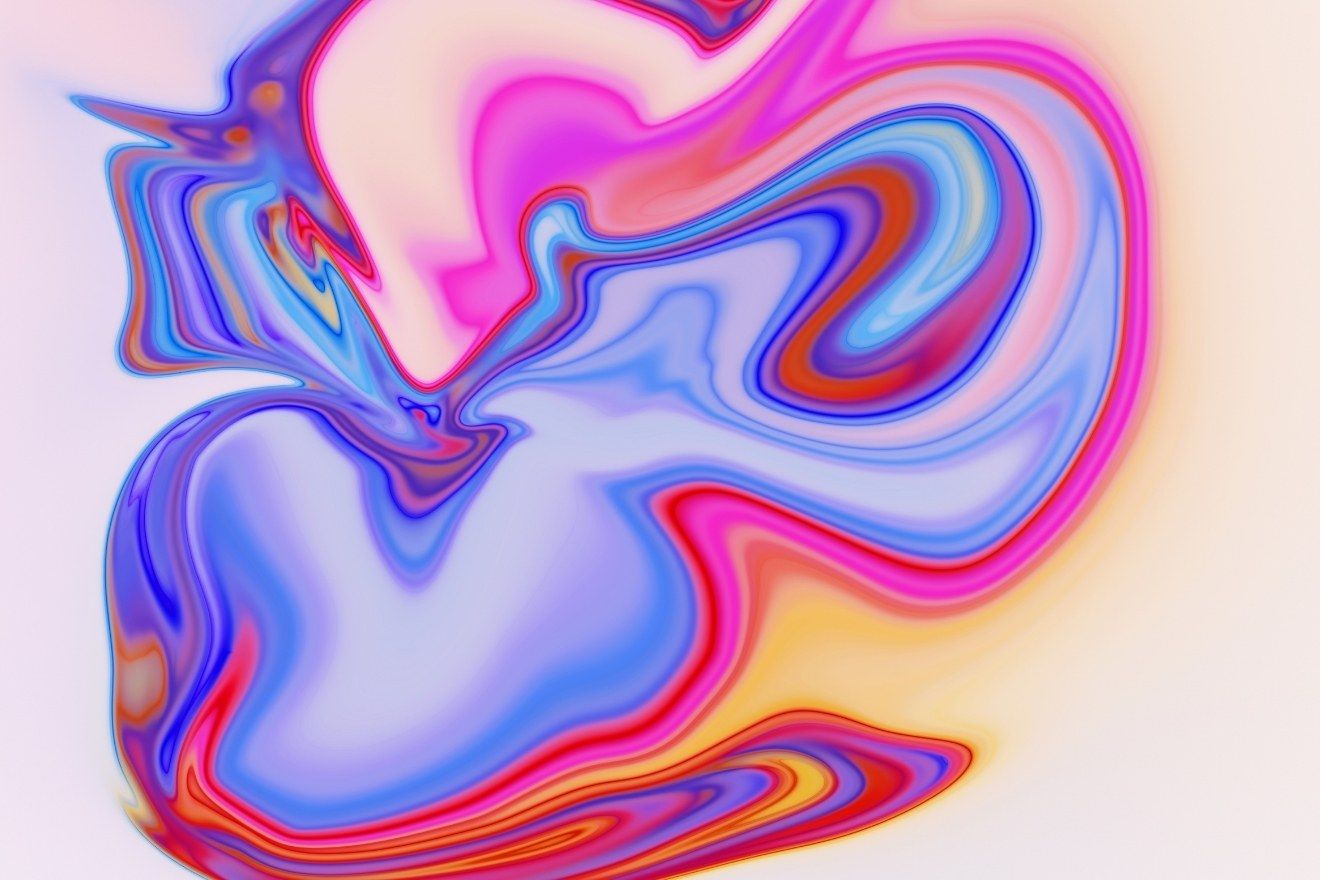Ketamine has been used in medicine for over 50 years but only recently as a treatment for mental health conditions. Today, ketamine is delivered in two main models, one that relies on neurobiological effects and the other that combines ketamine with psychotherapy.
What is ketamine treatment for mental health conditions? Ketamine is now used for treatment-resistant depression, mood disorders, PTSD, and addictions.
You may have seen a billboard and wondered, “what is ketamine treatment?” A lot of people haven’t heard of it, and ketamine treatment is growing in popularity.
Let’s assume you found your way here because it’s your first online search into the world of ketamine therapy. If it is your first search, you’re likely a “low-information” searcher. This simply means you don’t know a lot about the subject…yet.
Let’s go ahead and change this right now. Having an understanding ketamine’s history is a must.
Follow your Curiosity
Sign up to receive our free psychedelic courses, 45 page eBook, and special offers delivered to your inbox.What is Ketamine Treatment?
Before answering what ketamine treatment is for, knowing what ketamine is first is a must. According to Merriam Webster, ketamine is:
A general anesthetic that is administered intravenously and intramuscularly in the form of its hydrochloride C13H16ClNO·HCl and that is used illicitly usually by being inhaled in powdered form especially for the dreamlike or hallucinogenic state it produces.
The Drug Enforcement Agency or DEA defines ketamine as “Schedule III.” This means that:
The drug or other substance has a currently accepted medical use in treatment in the United States. Abuse of the drug or other substance may lead to moderate or low physical dependence or high psychological dependence.
In very simple terms, ketamine is an anesthetic. It offers pain relief, sedation, and even amnesia. At higher levels, ketamine becomes psychedelic. Ketamine is already legal in medial practices and regulated. Moreover, it can be offered as an off-label treatment, meaning for conditions other than those tested in clinical trials and approved by the FDA.
Ketamine does pose the threat of leading to tolerance and addiction. Not all users become addicted. However, in the case of chronic ketamine use it can lead to dependence and withdrawal symptoms. Ketamine is more psychologically addictive than physically addictive.
So, I thought ketamine was an illegal, party drug? What’s going on?
Ketamine has had a long and winding journey. It helps to understand the history.
The History of What is Ketamine Treatment
What was ketamine originally used for? Ketamine is an anesthetic that was discovered in 1962. However, ketamine has taken a twisting and turning road since then. Because of ketamine’s unusual path it is widely misunderstood. Here are the reasons why.
Most Americans have come to know ketamine by 1 of 2 ways.
- Labelled as “horse tranquilizer.”
- Labelled as its slang name among the electronic dance music and rave scene – “Special K”
Over the past few decades, mass media sensationalized these two soundbites to avoid having a nuanced conversation while pandering to the status quo’s anti-drug hysteria.
In all fairness though, each of these misrepresentations have a pinch of truth to them.
Following the discovery of ketamine, it was later used widely during the Vietnam war. It became known as the “buddy drug” thanks to its pain killing effects and it’s unique lack of respiratory inhibition. Ketamine does not function like other anesthetics that can depress breathing. Due to its lower physically addictive quality, ketamine can be preferable to other drugs and treatments. A dose used in this way offers pain relief, sedation and amnesia through a dissociative state.
Ketamine Used as Animal Anesthetic
Ketamine was also used as an animal anesthetic over the years. Sadly, the mass media seized upon a possible urban legend that ketamine was being stolen from veterinary clinics. Since ketamine was employed as a horse tranquilizer at veterinary clinics, the mass media stuck with this narrative. The mass media made ketamine bigger, scarier and spookier.
In reality, ketamine has been used on a variety of animals, besides horses. Ketamine is used with: elephants, camels, gorillas, pigs, sheep, goats, dogs, cats, rabbits, snakes, guinea pigs, birds, gerbils and mice.
Besides being just a horse tranquilizer, ketamine is also a wide ranging mammal tranquilizer, including humans. But what about “Special K”?
Unfortunately, ketamine was ripe for another sensational headline. The new, fear laden headline connected “stolen horse tranquilizer” to raves and electronic dance music festivals. A new wave of anti-drug hysteria gripped America as parents quickly made going to raves forbidden for their kids, to avoid getting knocked out with “horse tranquilizer.” This type of dose is much too large for a human, and that didn’t matter. Alternatively, when used at higher dosages, ketamine turns into a powerful psychedelic. At high doses of this type, ketamine’s dissociative state leads to visual and/or auditory hallucinations.
Ketamine in Recent Years
Ketamine undertook a circuitous journey from Vietnam, to raves, and now to mental health treatment. Despite the circuitous route, ketamine still retained its medical usefulness. As a result, ketamine never strayed far from the studious eyes of scientists and researchers.
Despite approval for anesthetic use by the FDA, ketamine didn’t see off-label use until recently. Following years of work as a veterinary anesthetic, ketamine changed in the 1990s. Human studies for other ketamine applications and treatments began. Some of these new territories of ketamine explored schizophrenia.
During the 1990s Yale researchers “…started giving ketamine to healthy individuals to produce transient symptoms of schizophrenia with the idea that they could then study these individuals.” Since ketamine mimics schizophrenia symptoms, the researchers could “…study their brain activity to gain a better understanding of the condition.” Not long after, ketamine had its stroke of luck. By accident, it was found to be successful treatment of depression.
The discovery of ketamine’s rapid antidepressant effect led to an insight. Ketamine activates a different neurotransmitter, compared to selective serotonin reuptake inhibitors (SSRIs). Thus, ketamine jumpstarts BDNF production.
BDNF is an acronym for brain derived neurotrophic factor. You may think of BDNF like Miracle Gro. Rupert McShane says “You can think of BDNF as a “fertilizer” for the brain.” McShane is an associate professor in the Department of Psychiatry at the University of Oxford. He continues saying that BDNF boosts results in “…neurogenesis, the growth of new brain cells, and synaptogenesis, the formation of new connections between brain cells.” After that, ketamine never looked back.
What is Ketamine Treatment Used for Today?
The majority of ketamine treatment is for anxiety, PTSD and treatment-resistant depression.
The pivotal moment came in 2009 when “Johnson & Johnson began developing their own version of the drug they called esketamine.” After that in 2013, the FDA designated ketamine breakthrough therapy status for treatment-resistant depression. Then in August of 2020, Jansen Pharmaceuticals of Johnson & Johnson announced FDA approval of their esketamine nasal spray.
Since ketamine is already legal and regulated it can be given as an off-label treatment. Thus the use of ketamine and rise of ketamine treatment clinics has mushroomed over the last decade.
As a result, you can drive down a highway these days and see ketamine treatment billboards. It’s no secret that the United States is beset by a mental health crisis. Mental health professionals are eager to find new solutions to an age old problem that hasn’t seen much progress in decades. One of the new solutions being embraced is ketamine and in some cases, esketamine.
There’s a lot to know about ketamine treatment however. This starts with the 2 main treatment methodologies and their differences. There are also cost and treatment pros and cons to the 2 methodologies.
The 2 ketamine treatment methods are ketamine infusion treatments and ketamine-assisted psychotherapy treatments.
These treatments are distinct and have entirely different approaches. Want to learn more about how does ketamine treatment work and the 2 different treatment methods?
Read more in our next blog, “How does Ketamine Treatment Work?”






